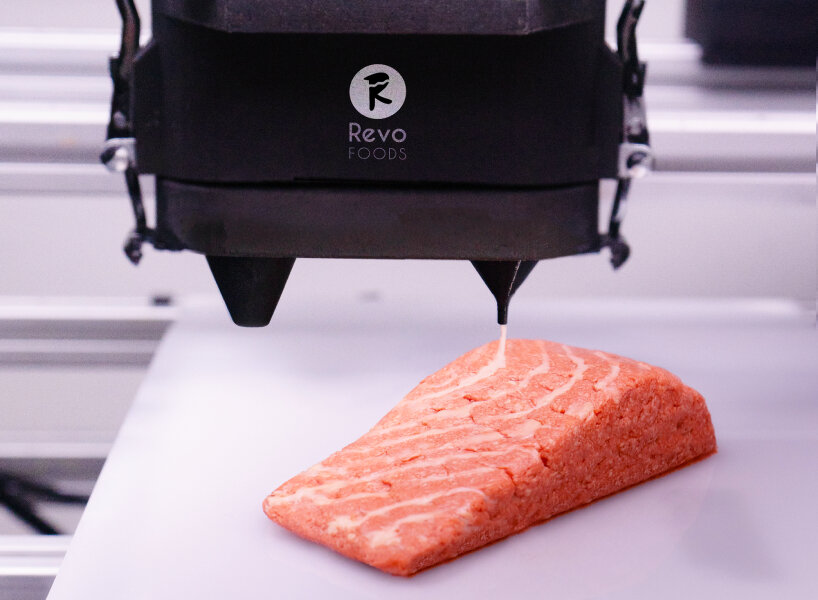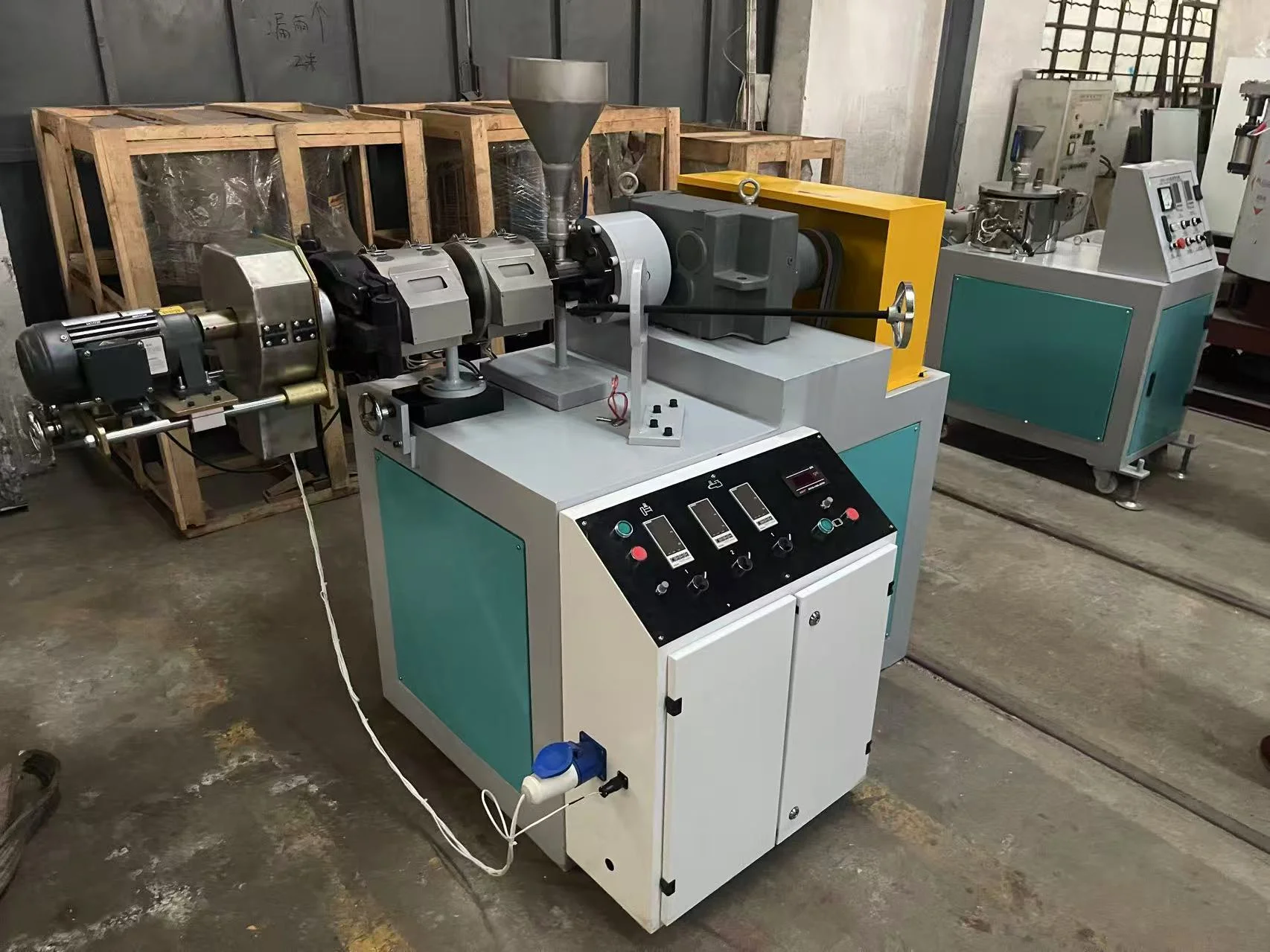In the realm of 3D printing and additive manufacturing, the quest for finding the hardest printable material has been a subject of great interest. Engineers, designers, and researchers are constantly pushing the boundaries of material science to develop substances that can withstand extreme conditions and offer unparalleled strength. In this article, we delve into the world of cutting-edge materials and explore the frontiers of hardness in 3D printing.
- The Importance of Hardness in Printable Materials:
Hardness is a crucial property when it comes to selecting materials for various applications. From aerospace components to biomedical implants, the ability of a material to resist deformation, wear, and damage is of utmost importance. In the context of 3D printing, hardness becomes even more significant as it directly affects the durability and functionality of printed objects. - Traditional Hard Materials in 3D Printing:
Before we dive into the latest advancements, let's explore some of the traditional hard materials used in 3D printing. Metals such as titanium, stainless steel, and cobalt-chrome alloys have long been favored for their exceptional strength and toughness. These materials find applications in industries where high-performance parts are required, including aerospace, automotive, and medical sectors. - Emerging Superhard Materials:
In recent years, researchers have made remarkable progress in developing superhard materials suitable for 3D printing. One such material is boron nitride nanotubes (BNNTs). These nanotubes exhibit extraordinary hardness, surpassing that of diamond. BNNTs possess excellent thermal and chemical stability, making them ideal for applications in extreme environments, such as high-temperature sensors and protective coatings. - Graphene: The Wonder Material:
Graphene, a single layer of carbon atoms arranged in a hexagonal lattice, has garnered significant attention due to its exceptional mechanical, electrical, and thermal properties. While graphene itself is not a printable material, it can be incorporated into composites to enhance their hardness and strength. Graphene-infused polymers and metals have shown promising results in terms of hardness, making them suitable for a wide range of applications, including electronics and structural components. - Carbon Nanotubes: Reinforcing the Future:
Carbon nanotubes (CNTs) are cylindrical structures composed of carbon atoms. They possess remarkable mechanical properties, including high tensile strength and stiffness. When integrated into printable materials, CNTs act as reinforcing agents, significantly enhancing hardness and toughness. CNT-reinforced polymers have found applications in industries such as aerospace, defense, and sports equipment manufacturing. - Ceramic Matrix Composites:
Ceramic matrix composites (CMCs) are a class of materials that combine ceramic fibers with a ceramic matrix. These composites offer exceptional hardness, high-temperature resistance, and excellent mechanical properties. CMCs are being explored for 3D printing applications, particularly in the aerospace industry, where lightweight and high-strength materials are in demand.
Conclusion:
The pursuit of the hardest printable material continues to drive innovation in the field of 3D printing. From traditional metals to emerging superhard materials like boron nitride nanotubes and graphene-infused composites, researchers are constantly pushing the boundaries of material science. As technology advances, we can expect to witness the development of even tougher printable materials, opening up new possibilities for industries and revolutionizing the way we manufacture and design objects.





More Stories
What Is Hypalon Rubber Sheet? Exploring Its Exceptional Weather Resistance
What Is SMC (Sheet Molding Compound)? Complete Guide for Engineers
Metal Packaging: Leading a Sustainable Future for Food Packaging through Infinite Recyclability and Carbon Reduction